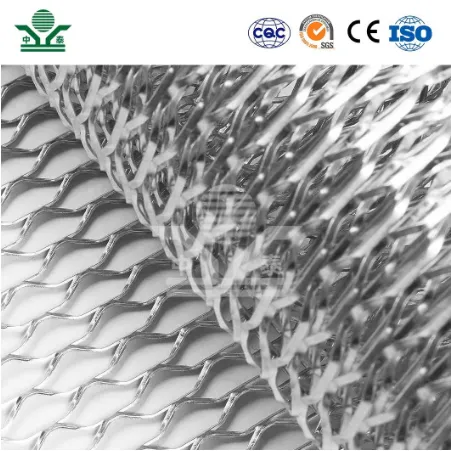Temporary Silt Fence An Essential Erosion Control Measure
Temporary silt fences play a crucial role in sediment control and erosion management, especially during construction and landscaping activities. These structures are designed to intercept sediment-laden runoff, preventing soil particles from entering nearby water bodies, thereby protecting aquatic ecosystems. By understanding the purpose, installation, and benefits of temporary silt fences, we can appreciate their importance in environmental protection.
Purpose of Temporary Silt Fences
The primary purpose of a temporary silt fence is to control sediment on construction sites where soil disturbance occurs. When construction begins, soil is often exposed, making it susceptible to erosion from rain and wind. As water flows over bare soil, it can transport sediment into storm drains and water bodies, resulting in sediment pollution. This pollution can harm aquatic habitats by reducing water quality and restricting light penetration, which is vital for photosynthesis in aquatic plants.
Temporary silt fences act as a barrier, intercepting sediment before it can travel off-site. They are typically made from geotextile fabric, which allows water to pass through while trapping sediment. This not only aids in maintaining water quality but also helps in managing sediment on-site, facilitating compliance with environmental regulations.
Installation of Temporary Silt Fences
temporary silt fence

Proper installation of temporary silt fences is crucial for their effectiveness. The process begins with selecting a location where water runoff is likely to flow, typically along the perimeter of disturbed areas. The fence should be anchored in the ground to a depth of at least 6 to 12 inches to prevent it from being dislodged by water flow.
Once the trench is dug, the silt fence fabric is attached to wooden or metal posts, which are spaced appropriately to ensure stability. The fence should be installed in a way that creates a barrier, directing water to flow into a sediment collection area behind the fence. It's important to periodically inspect the fence for damage or breaches, especially after heavy rainfall, to ensure its continued effectiveness.
Benefits of Temporary Silt Fences
Temporary silt fences offer several benefits beyond sediment control. They are relatively easy to install and cost-effective, making them an ideal choice for small to medium construction projects. Their versatility allows them to be used in various environments, from residential landscaping to larger commercial developments.
Moreover, by reducing sediment runoff, temporary silt fences can improve the overall aesthetic quality of construction sites. Keeping sediment on-site minimizes the need for extensive site cleanup and restoration, which can be costly and time-consuming. Additionally, using silt fences contributes to sustainable practices in construction by minimizing the impact on local ecosystems.
In conclusion, temporary silt fences are an essential tool in erosion control and sediment management. They effectively protect water quality and aquatic habitats by intercepting sediment runoff from disturbed areas. Through proper installation and maintenance, these fences can provide significant environmental benefits, making them a valuable component of responsible construction practices. As we continue to face challenges related to soil erosion and water pollution, the role of temporary silt fences in promoting sustainable land use becomes increasingly important.
-
The Best Metal Mesh Solutions: Expanded Aluminum Metal vs. Expanded Stainless Steel Metal
NewsSep.10,2024
-
Round Perforated Sheets vs. Hexagonal Perforated Sheets vs. Embossed Perforated Sheet Metal
NewsSep.10,2024
-
Perforated Metal Sheets
NewsSep.10,2024
-
Experience The Excellence Of Stainless Steel Grating
NewsSep.10,2024
-
Discover the Versatility Of Metal Mesh Expanded Forming Machines
NewsSep.10,2024
-
Discover The Advantages Of Steel Grating For Sale
NewsSep.10,2024
Subscribe now!
Stay up to date with the latest on Fry Steeland industry news.

